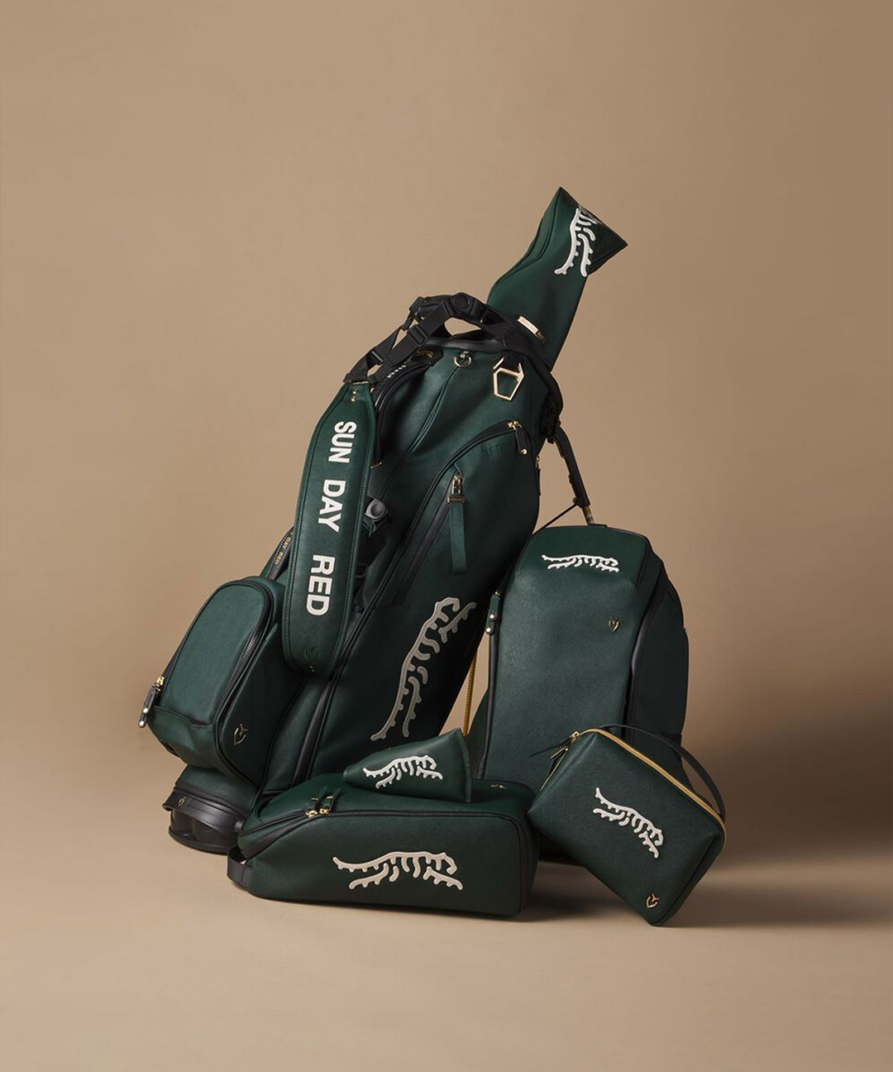
Business Branding / BY Scott Hancock
The Vessel Effect: Inside Golf’s Belief-Led Revolution—and What Every Brand Can Learn
Published On 04.07.2025
“We never saw ourselves as just making golf bags. We were creating vessels that carry more than clubs—they carry a philosophy about quality, purpose, and doing things the right way.”
— Ronnie Shaw, Founder & CEO, Vessel
Tradition Meets Irrelevance
Golf is growing. But most golf brands aren’t.
Since 2020, the game has seen an undeniable surge in relevance. Over 26.6 million people played on-course golf in the U.S. in 2023, and 6.3 million of them are aged 18–34. Off-course formats like simulators and driving lounges added another 18.4 million to the ecosystem. But while culture, community, and curiosity surge forward, many brands are stuck in reverse.
They cling to legacy. They chase yesterday’s formulas. They repeat tired slogans: “longer, faster, lighter”—yet fail to connect to anything deeper.
Golf has evolved. But most brands haven’t.
The Say-Do Gap®
This isn’t just a golf problem. It’s a modern brand problem.
Brands across industries promise purpose, inclusion, and innovation. But consumers, especially younger ones, have grown wise to the gap between what brands say and what they actually do. This is what we call the Say-Do Gap—and it’s the fastest way to lose relevance, trust, and long-term loyalty.
In golf, this looks like:
- Promoting access, while selling exclusivity.
- Preaching innovation, while releasing iterations.
- Celebrating legacy, while ignoring emerging culture.
Meanwhile, consumers want more than gear. They want meaning. They want belief, lived out.ntal design. Each element should work together to tell a cohesive story about who you are as a church community.
The Rise of Vessel
In 2013, Ronnie Shaw didn’t just launch a golf bag brand—he launched a belief system.
Inspired by his father’s legacy in golf manufacturing, Shaw saw a different future. One where purpose wasn’t just a campaign, but the core. Where design meant craftsmanship, not just aesthetics. Where brands stood for something—and stood behind it.
So he built Vessel.
- An unwavering standard: no shortcuts—ever.e.
- Bags made by hand.
- Direct-to-consumer relationships.
- A give-back model embedded into every sale.
“Life is not about you. It’s about being a blessing to others.”
—Ronnie Shaw
The name Vessel wasn’t marketing—it was a metaphor. A container for something deeper. Two uplifted hands, open to give and receive.
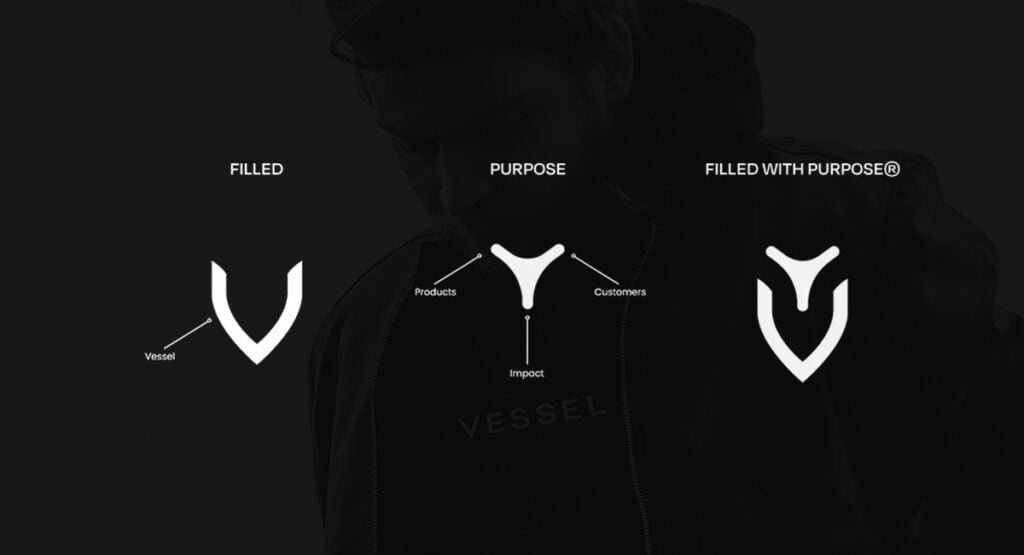
The Dual Disruption in Golf: Culture and Innovation
Golf is undergoing a profound transformation, driven by two distinct yet interconnected movements: one cultural, the other structural. Together, they are rewriting the rules of relevance across the game.
Cultural Evolution: Streetwear Meets the Fairway
Streetwear, sneaker culture, and the pursuit of greater inclusivity have brought new energy into golf. Forward-thinking brands are leading the charge:
- Malbon Golf – Since 2017, Malbon has collaborated with Nike, Beats, Adidas, FootJoy, and Formula One, seamlessly blending streetwear and golf. With PGA Tour players like Jason Day onboard and collabs with Bushmills and Undefeated, Malbon is redefining the visual language of golf.
- Eastside Golf – Founded by two former college athletes, Eastside is on a mission to challenge stereotypes and make golf more accessible. Their Jordan Brand collab became a cultural moment—one that didn’t just launch a sneaker, but a movement.
- Manors – Founded in 2019, this UK brand reimagines golf’s golden age for today’s culture. Positioning themselves as “the explorer brand in golf,” they host immersive events from Scottish Highlands to London that blend fashion, community, and sport—growing 600% while challenging what golf culture can be.
These aren’t just fashion brands. They’re cultural architects, tapping into belief, identity, and modern relevance.
Performance and Legacy: Precision Meets Purpose
While culture shifts from the outside in, innovation is also reshaping golf from the inside out. These brands are proving that progress and tradition aren’t opposites—they’re powerful allies:
- Sun Day Red x Vessel – When Tiger Woods launched Sun Day Red, it wasn’t just about building gear—it was about building legacy. Instead of white-labeling a bag, Tiger chose to partner with Vessel. The result is a product line rooted in performance, quality, and conviction—because when belief leads, alignment follows.
- Dryvebox – Bringing golf to the people, Dryvebox is a mobile simulator experience that turns any urban parking lot or event into a playable fairway. It’s democratizing access and making golf social again.
- Grass League – A bold rethink of competition. Fast-paced par-3 circuits, limited fields, and entertainment-first design make Grass League the Formula 1 of golf events.
- TerraRad Tech – Sustainability is becoming a competitive advantage. TerraRad’s soil-sensing technology helps courses operate more efficiently and eco-consciously.
- Lusso Cloud – A footwear disruptor merging comfort tech with performance design, Lusso Cloud brings the lifestyle edge to functional, course-ready golf shoes.
“Golf’s growth isn’t just sustaining—it’s evolving in ways that make it more accessible, social, and investable. At Old Tom Capital, we focus on investing in businesses driving this transformation—from technology-enhanced play to new competitive formats and experiential club models. The next era of golf won’t be defined by tradition alone—it will be shaped by innovation that aligns with modern consumer behavior.”
—Evan Roosevelt, Managing Partner, Old Tom Capital
This isn’t a trend. It’s a market correction. The golf industry is waking up to a broader, belief-led shift. Brands that combine cultural fluency with technological innovation are redefining who golf is for—and how it’s experienced.
Belief in Action
At BLVR, we help brands like Vessel unlock the power of belief through a proven framework:
1. Belief-Led Strategy
Align around a single core truth that transcends category and product. Vessel’s belief? Purpose is our power to shape the world.
2. Behavior-Based Execution
Make sure every touchpoint—from product to packaging to people—reinforces your belief.
3. Cultural Resonance
Don’t talk to personas. Build community. Engage real people in real culture with real values.
This isn’t branding. It’s identity, activated.
And it works:
- Belief-led brands see 2.3x higher customer lifetime value
- Community-first brands achieve 87% retention (vs. 68% avg)
- Purpose-aligned companies grow faster, even in volatility
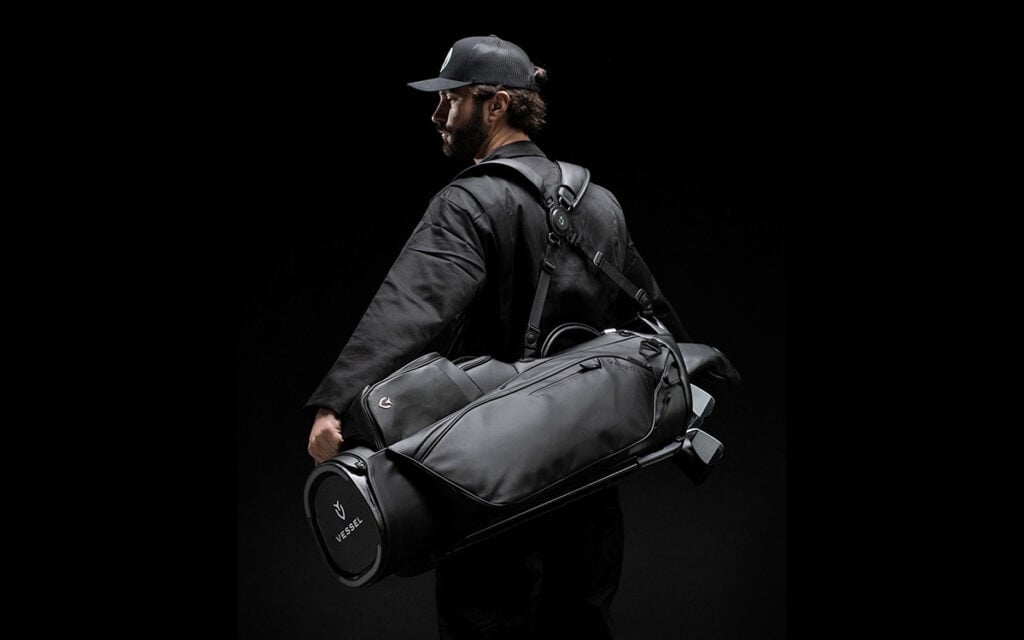

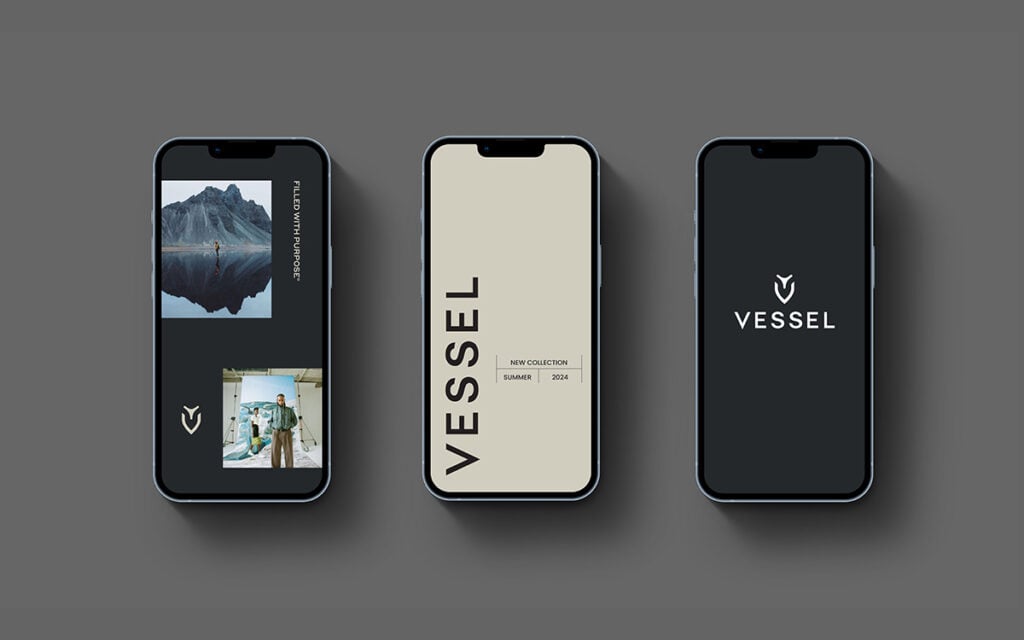


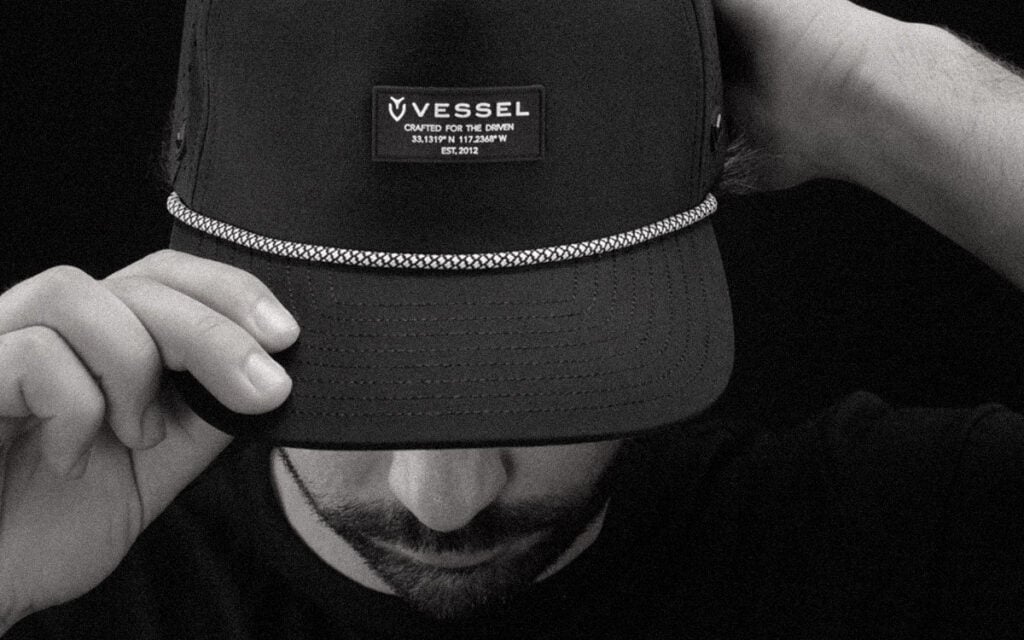
The Executive Challenge
If you lead a brand in any category—fitness, fashion, tech, lifestyle, sport—the questions are the same:
Where is your Say-Do Gap?
Where are you overpromising and underdelivering?
Are you relevant to today’s culture?
Or are you still selling to the market of five years ago?
Do you believe in something bigger than product?
And do your customers, employees, and investors feel it in your actions?
This is about business transformation.
And belief is the lever.
Because the cost of inaction is steep: brands that ignore the gap get left behind—by customers, by culture, and by competitors moving faster with conviction.
The Future Is Belief
Vessel didn’t win by rejecting tradition. They won by honoring it with conviction, soul, and vision.
They didn’t just close the Say-Do Gap—they turned it into an edge.
That’s the Vessel Effect.
And it’s not just reshaping golf. It’s setting the standard for every belief-led brand ready to lead.
This is only the beginning. Across every industry, the brands with the clearest belief—and the courage to act on it—are defining the future. Now is the time to get ahead of it.
IS YOUR BRAND BUILT ON CONVICTION OR CONVENIENCE?
Most brands talk about purpose.
Few are willing to pay the price for it.
This 45-minute assessment will reveal the hidden contradictions costing you customer trust, team alignment, and market authenticity. Discover where your beliefs and actions diverge—and get the practical framework to close the gap that’s holding your brand back.
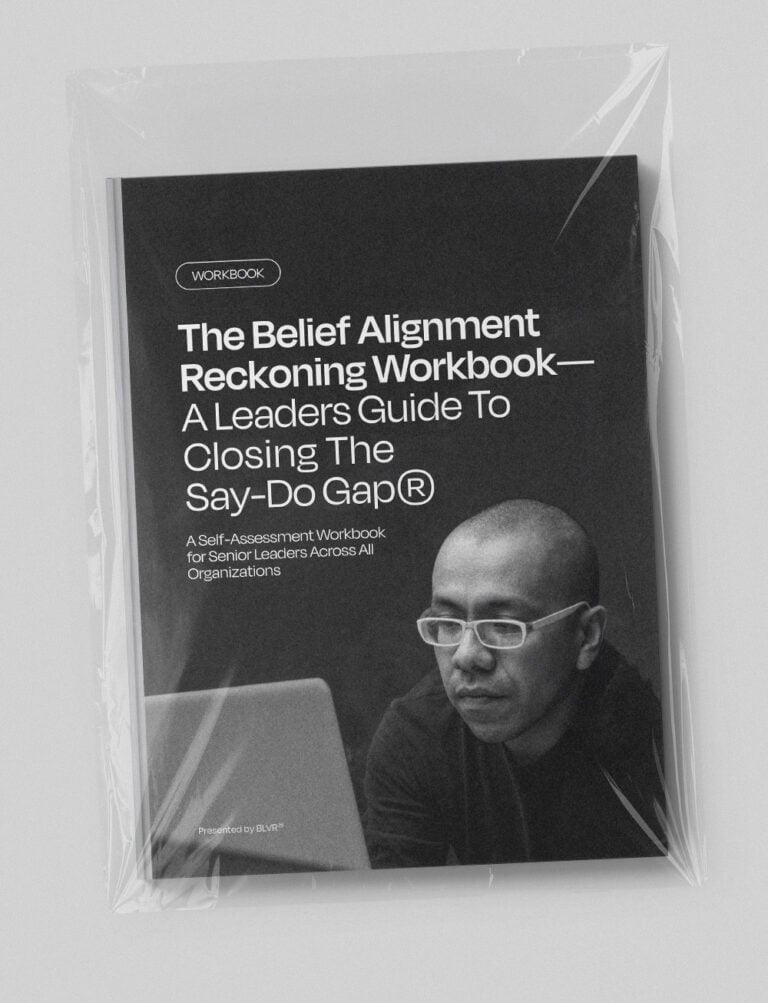
About the Author
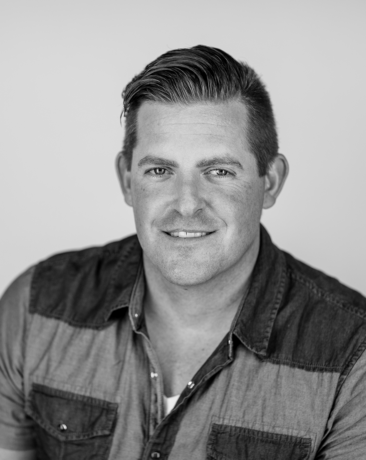
Scott Hancock
Partner / CEO
Scott Hancock is a thought leader in belief-driven branding and an expert in closing the Say-Do Gap®—the critical divide between what brands say and what they actually do. As CEO of BLVR®, Scott has pioneered a belief-led approach that helps organizations transform their core conviction into bold actions that inspire trust, loyalty, and market leadership.
With a reputation for pushing brands to go beyond surface-level promises, Scott’s work has been recognized by AdWeek, Forbes, and Fast Company for its fearless creativity and impactful results. His leadership has empowered BLVR® to become a trusted partner for purpose-driven brands seeking to align their actions with their core belief and create lasting change.




